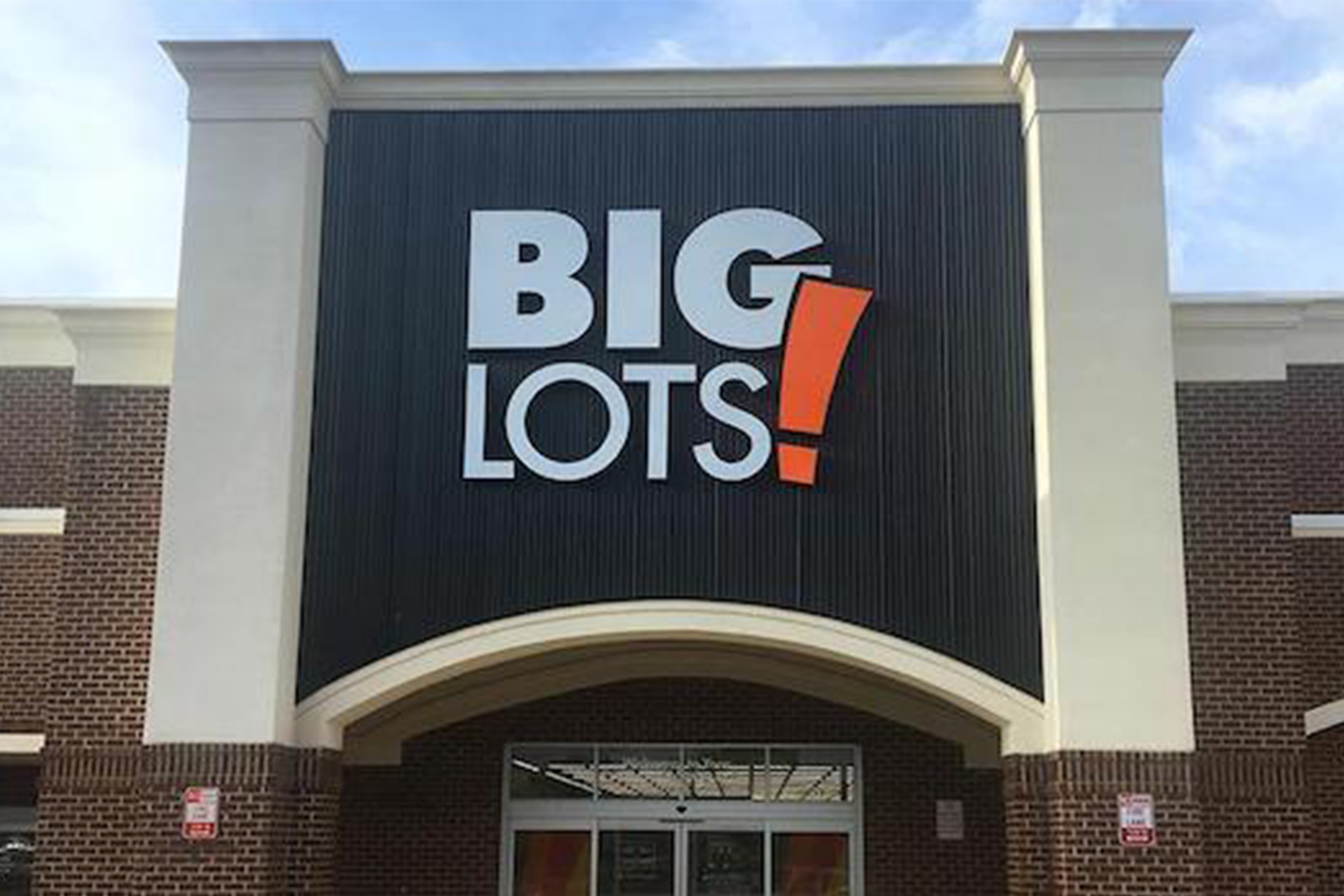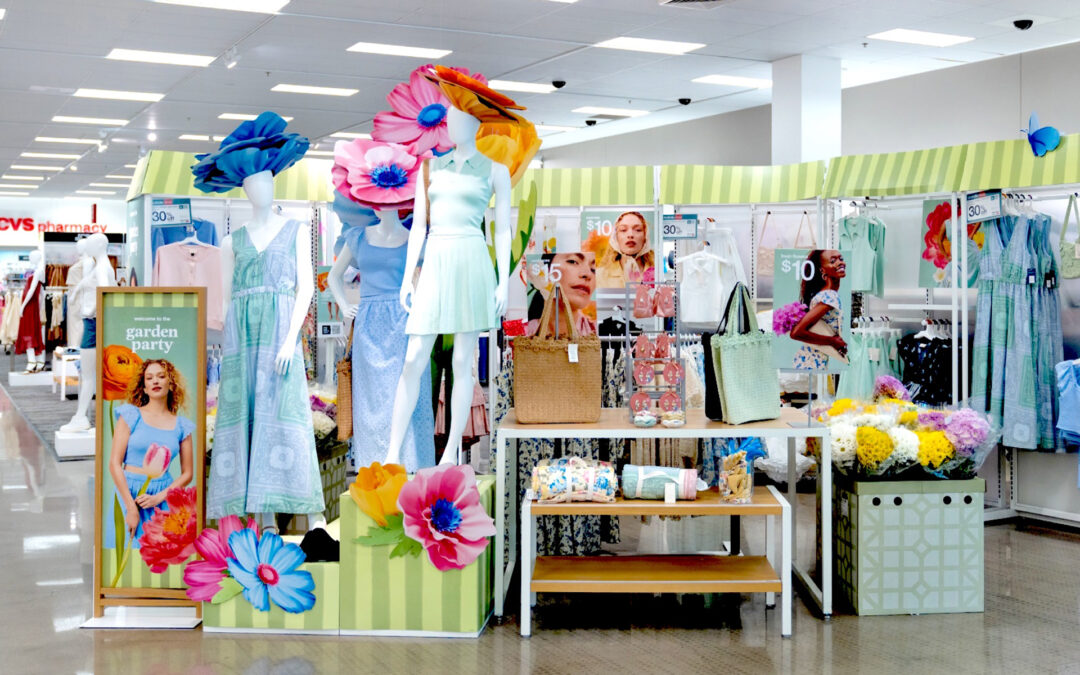Big Lots did better than analysts anticipated in the second quarter although sales and comparable sales declines were significant.
An analyst consensus estimate published by Yahoo Finance called for a loss per adjusted diluted share of $4.12 and revenues of $1.1 billion.
Comparable store sales slid 14.6% in the quarter year over year, the company reported. Net sales were $1.14 billion versus $1.35 billion in the year-prior period. A net decrease in store count, partially offset by the opening of new stores and relocations, contributed about 80 basis points of sales decline versus the year-earlier period, Big Lots maintained. Operating loss was $122.1 million versus $109.1 million in the year-past period while adjusted operating loss was $111.9 million versus $85 million.
In a conference call, Bruce Thorn, president and CEO of Big Lots, said the company’s emphasis on close-out and other bargain merchandise had been increasing, and he made a point of home categories. He said the Big Lot’s soft and hard home segments are now almost 30% bargain products while furniture is over 50%. With Big Lots’ core lower-income customers under pressure from inflation and wary about discretionary spending, he said that sales in furniture, soft home and hard home categories decreased in the double-digits but he added that they improved sequentially on a year-over-year basis relative to Q1.
In announcing the financial results, Thorn said, “Our results for Q2 illustrate that we remain in a very challenging environment in which our core lower-income customer remains under significant pressure and has limited capacity for higher-ticket discretionary purchases. However, we did see some sequential improvement in the quarter and were pleased to come in ahead of or in line with our guidance on all key metrics. We believe this improvement was driven by the five key actions we have taken, which are to own bargains, communicate unmistakable value, increase store relevance, win with omnichannel and drive productivity. While the consumer environment will likely remain challenging and result in negative comp sales in the back half of the year, we are now in a position to get back to playing offense. This will be supported by the incredible efforts of our associates, and our outstanding vendor partners, who remain aligned with our efforts to offer great quality products and amazing value. As we make further progress on our five key actions, we are optimistic that trends will continue to improve, albeit slowly, through the remainder of this year, aided by a higher penetration of bargains, more newness in our assortment, freight reductions, ongoing cost reduction and productivity efforts, more effective promotions, and a more normalized level of markdowns.”
Thorn said cost reduction and productivity initiatives are proceeding as planned toward the goal of $100 million in SG&A savings for 2023.
“In addition, Thorn said, we have a clear path to over $200 million of additional bottom-line opportunities across gross margin and SG&A, and we expect a high proportion of these benefits to be realized on a run-rate basis by the end of 2024. Turning to liquidity, we are very comfortable with our position coming into the second half of the year. We significantly strengthened our balance sheet by closing the $294 million sale/leaseback deal on August 25, the proceeds from which were not included in our quarter-end liquidity of $258 million. Combined with our efforts to aggressively manage costs, inventory and capital expenditures, we are prepared and positioned to navigate through the current economic challenges.”





